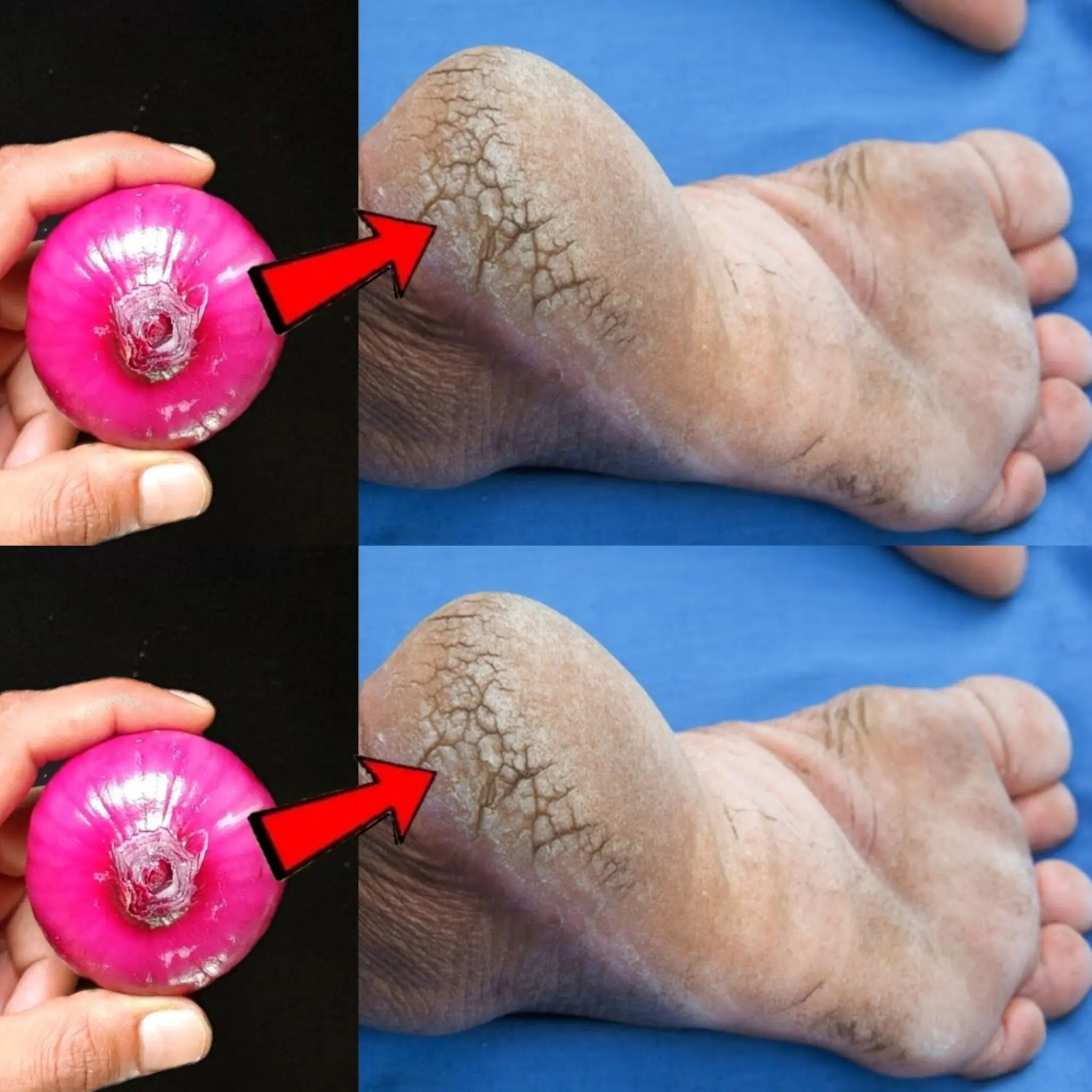
Striking simulation illustrates the progression of death from cancer
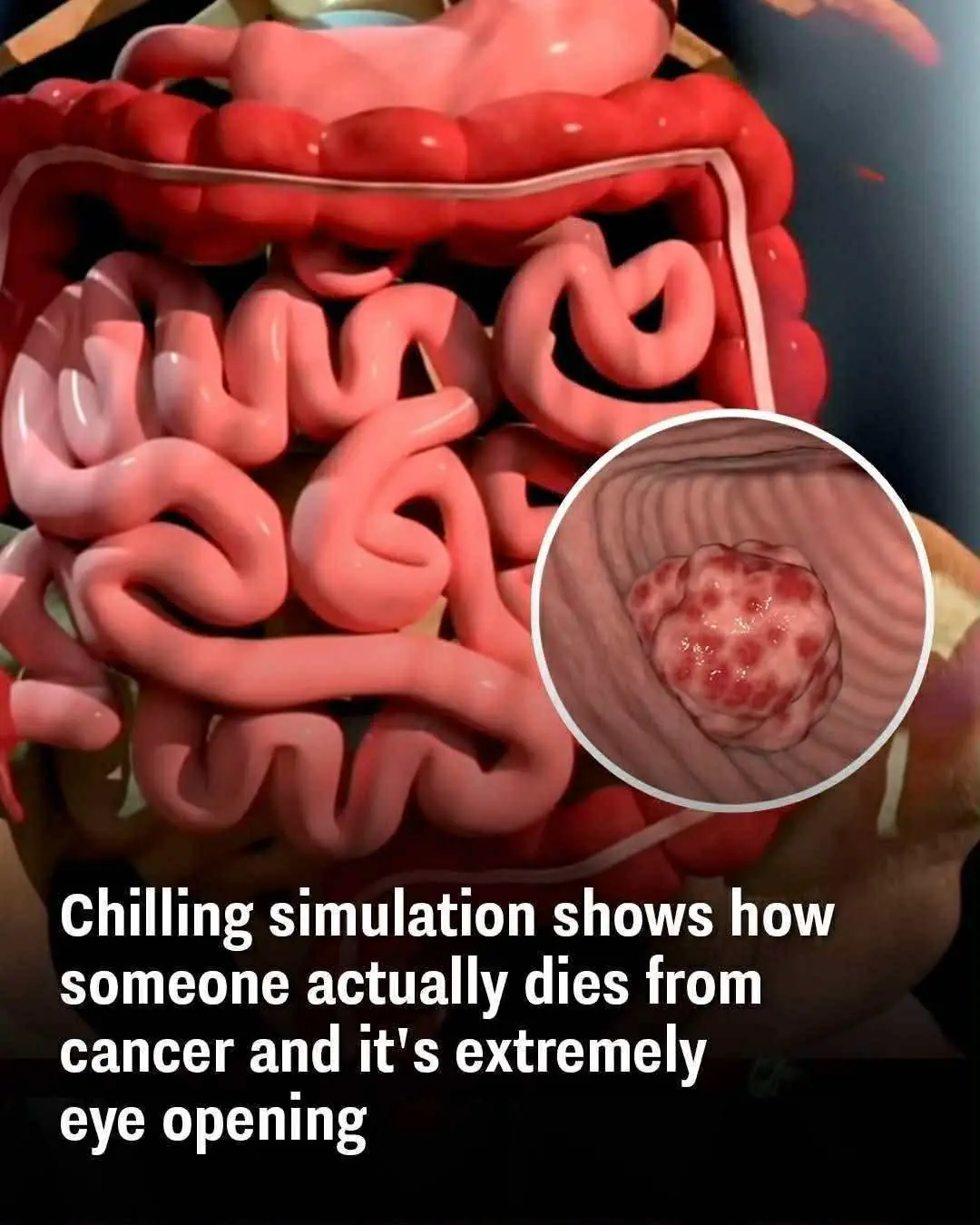
The National Institutes of Health (NIH) estimates that by 2025, more than 2 million Americans will be diagnosed with cancer—a record-breaking figure that underscores a public health crisis. But the most chilling truth isn’t just in the numbers. It’s in how cancer kills—not always through the tumor itself, but through the devastating chain reaction it causes inside the human body.
The Cancers Claiming the Most Lives
According to NIH data, breast, lung and bronchus, prostate, and colorectal cancers account for nearly half of all new diagnoses. Yet lung and bronchus, colorectal, pancreatic, and breast cancers are also responsible for nearly half of all cancer deaths. The data reflects not only prevalence but also the lethality and complexity of these diseases.
More Than a Tumor: How Cancer Kills
On her educational YouTube channel, Dr. Paulien Moyaert offers a haunting look into cancer’s impact using a detailed 3D simulation. Her message is clear and urgent: “It’s not always the tumor that kills—it’s what the tumor does to the body.”
Her simulation highlights metastatic cancer, where a single mutated cell travels through the bloodstream, settles in a new organ, and grows uncontrollably. These rogue tumors can block vital organs like the liver, lungs, or intestines—leading to system failure and death.
Digestive Blockages and Internal Collapse
When cancer invades the digestive tract, it can prevent food from being digested or waste from being eliminated. This can lead to intestinal perforation, an extremely painful condition that is fatal without immediate surgery.
Even more alarming is pancreatic cancer. As Dr. Moyaert demonstrates, if cancer affects the pancreatic ducts, it can cause the pancreas to begin digesting itself. This horrific process makes pancreatic cancer one of the deadliest and most painful forms of the disease.
Breathing, Blood, and Immunity Breakdown
In cases of lung cancer, death can occur from asphyxiation—a condition where oxygen levels plummet and the body suffocates from within.
But perhaps even more insidious is how cancer cripples the immune system. The disease itself reduces the body’s defense capabilities, and chemotherapy worsens the problem by destroying the bone marrow—the very place where infection-fighting white blood cells are created.
“When the bone marrow is infiltrated by cancer cells,” Dr. Moyaert explains, “the production of blood cells slows to a stop.” This leads to anemia, increased risk of deadly infections, and uncontrolled bleeding due to a lack of platelets.
The Wasting Away: Cachexia
Cancer doesn’t just consume organs—it consumes the person. Up to 50% of cancer patients suffer from cachexia, a syndrome of muscle wasting and weight loss. It's not just the disease but the body’s response to the disease that accelerates the decline.
This deterioration makes even basic movements exhausting. Eating becomes difficult. Muscle mass disappears. The body, in effect, begins to shut down—slowly, painfully, and often invisibly to others.
A Message of Compassion and Control
Despite the horrors cancer can inflict, pain does not have to be part of the journey. The simulation concludes with a crucial reminder: no cancer patient should die in pain. Today, powerful medications such as morphine and medical-grade opiates can offer meaningful pain relief and preserve dignity in one’s final days.
Dr. Moyaert’s video has reached over 6.6 million viewers, serving not only as a wake-up call but also as a source of empathy, education, and hope.
In the fight against cancer, knowledge is power. Understanding how cancer spreads, weakens, and kills allows patients, caregivers, and doctors to prepare better, act faster, and—most importantly—ensure that no one suffers alone or in silence.
News in the same category


Didn't realize this was a thing

With Just a Few Natural Ingredients: Onion, Olive Oil & Lemon 💥

The Iron-Stamina Drink That’s Taking Over — My 75-Year-Old Grandpa Swears by It!

Natural Power Drink That'll Have You Going All Night – No Pills Needed!

Natural Remedy to Restore Vision in Just 7 Days

🌺 Want to Bring Back Your Natural Black Shine?

Cracked heels? This ₹10 trick shocked me! I haven’t bought foot cream since! 🧴👣

Mix these ingredients and you’ll be a king in bed 💥

Mix Vaseline and Coffee – A Beauty Hack You’ll Wish You Knew Sooner! ✨☕

How to Improve Your Vision Naturally with One Simple Ingredient: Saffron

Mix it right now! 💥

The Indian Secret 🌿 Say Goodbye to Gray Hair Naturally!

It will make you as hard as steel just by making this powerful mixture

🥛 Pour Beets into Boiling Milk – A Delicious & Healthy 3-Ingredient Recipe!

This Is a Nail Fungus Killer! 🦶💥 It Works Very Fast – Just Use Garlic! 🧄

How This Natural Root Can Help Reduce Wrinkles, Freckles & Dark Spots 🌿✨
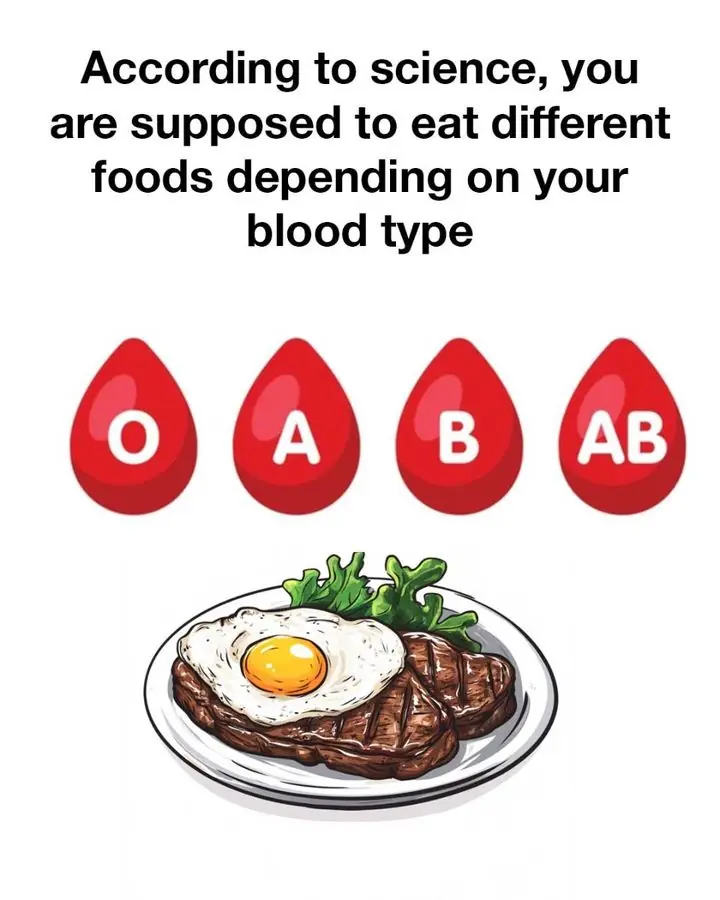
This is the first time I'm hearing about this but it makes sense!

Never thought to try this

My 75-year-old grandfather prepares this powerful mixture every night because it lifts the little bird and makes it hard as concrete all night long 💥
News Post

The Natural Remedy Called “The Cancer Eliminator”: A Simple Blend for Better Health and Vision
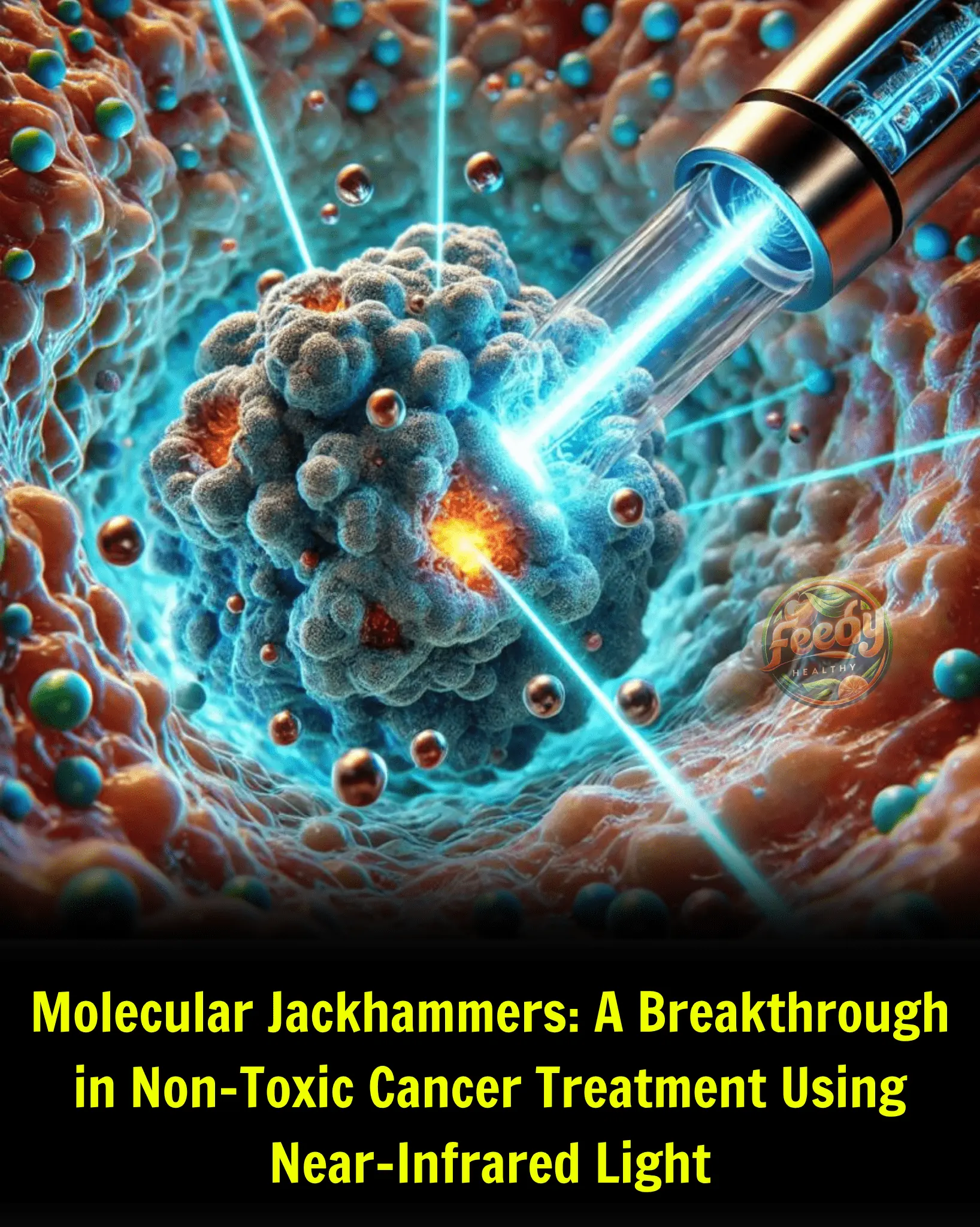
Molecular Jackhammers: A Breakthrough in Non-Toxic Cancer Treatment Using Near-Infrared Light

Remove Cracked Heels and Get Beautiful Feet Permanently! 👣✨

Didn't realize this was a thing

With Just a Few Natural Ingredients: Onion, Olive Oil & Lemon 💥

The Iron-Stamina Drink That’s Taking Over — My 75-Year-Old Grandpa Swears by It!

Natural Power Drink That'll Have You Going All Night – No Pills Needed!

Natural Remedy to Restore Vision in Just 7 Days

🌺 Want to Bring Back Your Natural Black Shine?

Cracked heels? This ₹10 trick shocked me! I haven’t bought foot cream since! 🧴👣
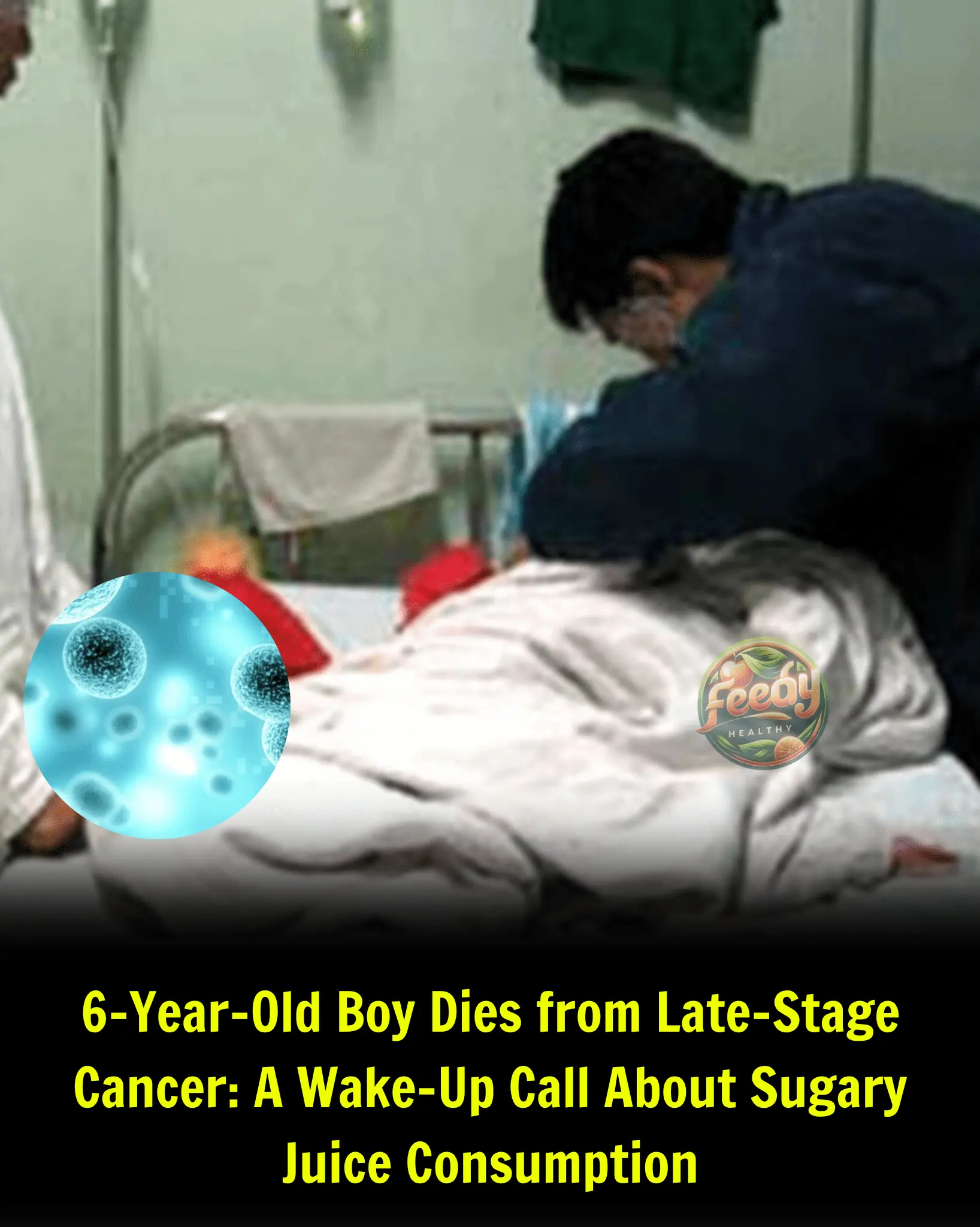
6-Year-Old Boy Dies from Late-Stage Cancer: A Wake-Up Call About Sugary Juice Consumption

Mix these ingredients and you’ll be a king in bed 💥

Mix Vaseline and Coffee – A Beauty Hack You’ll Wish You Knew Sooner! ✨☕

How to Improve Your Vision Naturally with One Simple Ingredient: Saffron

Mix it right now! 💥

The Indian Secret 🌿 Say Goodbye to Gray Hair Naturally!

It will make you as hard as steel just by making this powerful mixture

🥛 Pour Beets into Boiling Milk – A Delicious & Healthy 3-Ingredient Recipe!

Don't take too much of it because you'll become the alpha male of all women 💥
